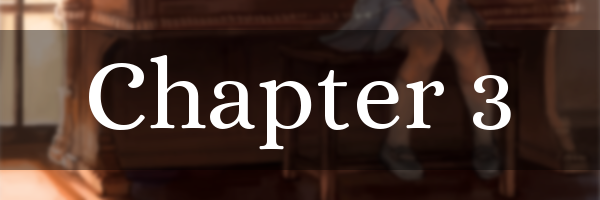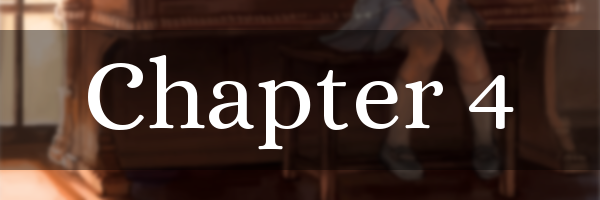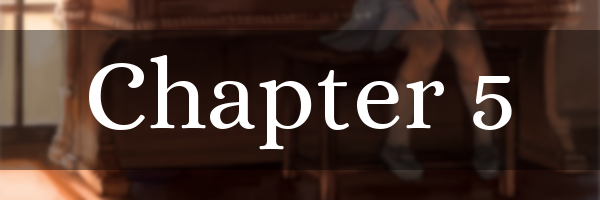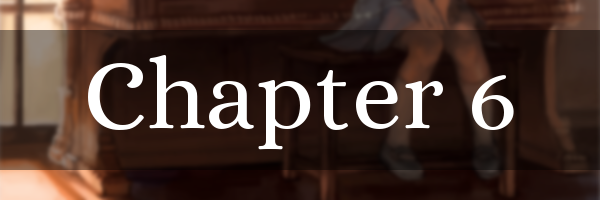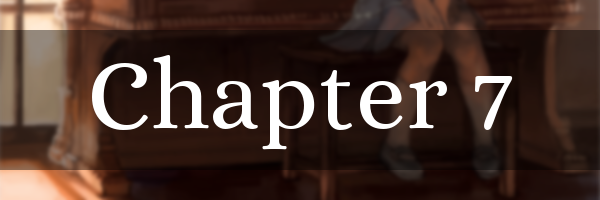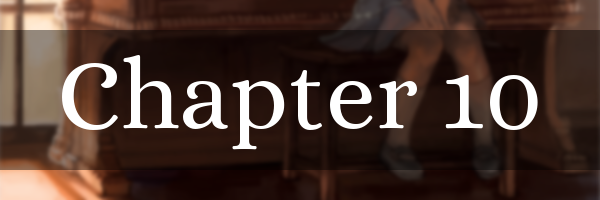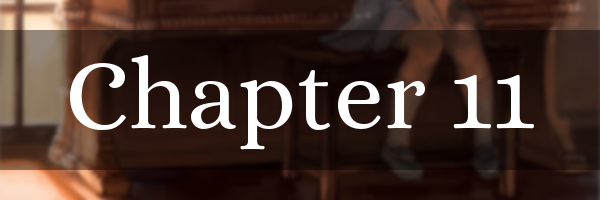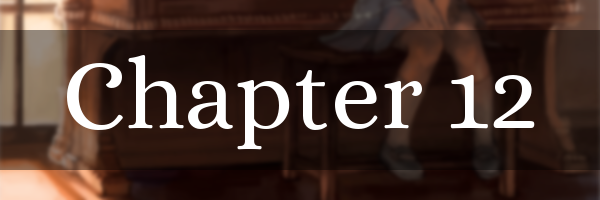CHAPTERS
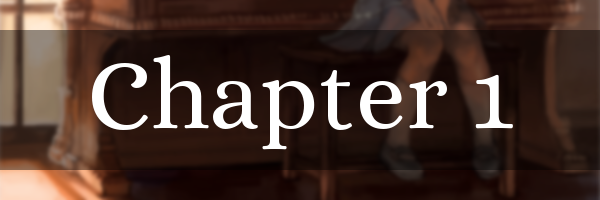
Check That Number!
More and more activities are controlled by numbers every day. Now we have numeric codes to get money, to register for class, to access a phone company, to arm an alarm system, or to use a copy machine. Computers often validate these numbers. This case study describes a program that validates numbers for a copy machine.
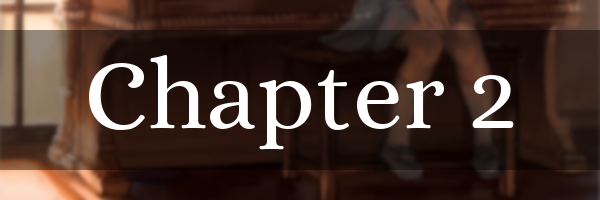
Banners With CLASS
From ancient times banners have proclaimed events and advertised opportunities. Computers allow individuals to create personalized banners of varied sizes and styles. This program prints block versions of six letters in user-specified sizes using the letters PYTHON. It can be altered to create banners with such messages.
